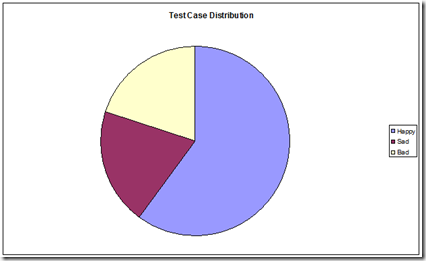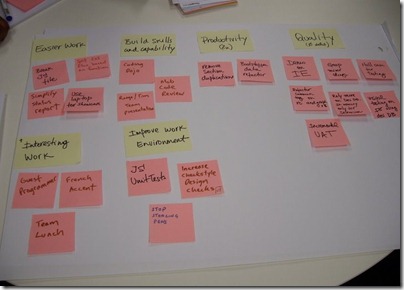Automation Coverage
How much automation coverage we should have? Why to automate something when we are not going to modify it in the next 2 iterations? Why not automate only regression scenarios? My automated tests do not catch bugs ! It’s a very complex manual testing stuff and takes me a considerable amount of time to execute it, so I want it to get automated ! Well these are the typical questions which I always get to listen in any meeting which talks about “Automation Coverage”. Why such a bug fuss around it? I have worked on several project which ranges from pure manual testing to pure automation testing. So before starting to create automated test we need to answer few questions. Why are we automating? Is it a deliverable to client? Is it to create a “Safety net”? Is it to ensure sanity of the application before the build formally comes to QA? Is it to reduce manual testing effort? Is it to catch bugs? All of the above Once we answer these questions before rolling out the automatio

